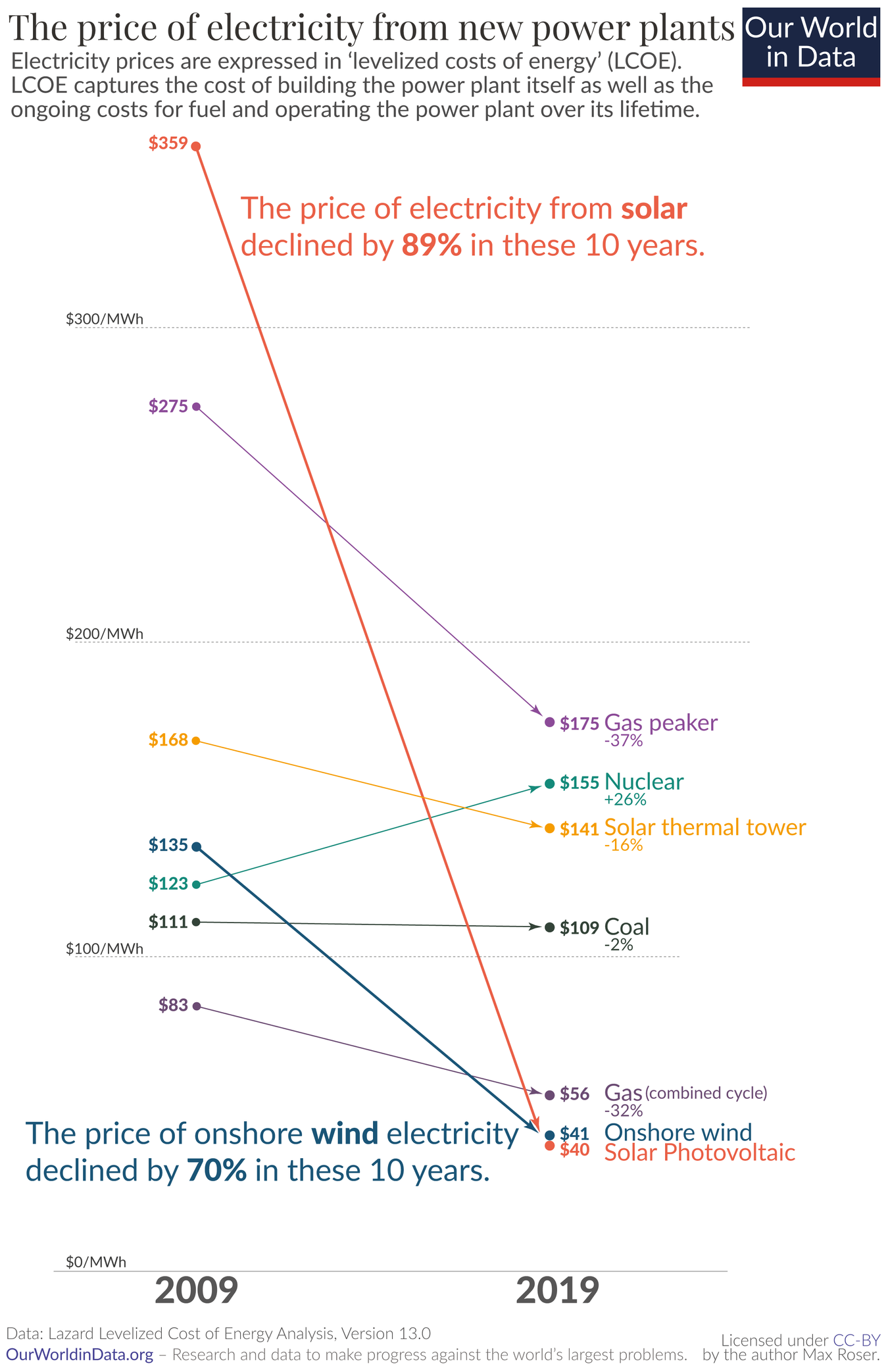Technology
This is the official technology community of Lemmy.ml for all news related to creation and use of technology, and to facilitate civil, meaningful discussion around it.
Ask in DM before posting product reviews or ads. All such posts otherwise are subject to removal.
Rules:
1: All Lemmy rules apply
2: Do not post low effort posts
3: NEVER post naziped*gore stuff
4: Always post article URLs or their archived version URLs as sources, NOT screenshots. Help the blind users.
5: personal rants of Big Tech CEOs like Elon Musk are unwelcome (does not include posts about their companies affecting wide range of people)
6: no advertisement posts unless verified as legitimate and non-exploitative/non-consumerist
7: crypto related posts, unless essential, are disallowed
view the rest of the comments

I'm not quite sure, why it was left out of that graph, maybe they didn't have matching data, but it is shown here (from the same source article):
Clearly nuclear is the future!
You do realise solar and wind gets pricier and pricier to integrate as the level of steerable capacity decreases?
What you are looking at here is “cost to install ‘rated capacity * load factor’”. A big part of the reason renewables are still cheaper is that we have a lot of backup steerable capacity, mainly in the form of gas plants in the west and coal plants everywhere else.
Renewables dump electricity onto the grid and then say “here, buy this!”. And the only reason the grid can respond and say “sure” is that it can tell the steerable gas and coal plants “turn off for a bit, these other plants are dumping a crap tonne of capacity onto the grid”.
Given the insane challenge in building enough storage and/or enough transmission capacity, you are going to need some steerable capacity beyond 70-80% renewable to continue to have cheap integration of intermittent renewables. Do you want that to be based on fossil fuel?
If we wanted to treat renewable capacity in the same way as we have treated other generators, we should say “I want steerable capacity between 0-1200 MW” from this field of wind turbines!”. That would force the currently externalised cost of guaranteeing generation onto the builders of renewables.
Right now, a lot of the real cost is hidden elsewhere in the grid - so it’s no wonder it looks so cheap.
Please don’t misread my comment as being against renewables, which we need a lot more of. I’m against crappy accounting.
We just have to build a transatlantic power line - It's always sunny somewhere in the world /s